Interview: Mitja Borkert, Lamborghini’s Head of Design
We discuss balancing fandom and being responsible for creating the future of a truly iconic brand

Mitja Borkert has his work cut out for him. The young East German designer has been charged with envisioning the future of Lamborghini, one of the most visually iconic brands on the planet. If you utter the word supercar, it’s quite likely a raging bull will spring to mind. Cars like the Miura, Countach and Diablo have not only shaped the concept of what a super sports car should look like, but they have germinated the fantasies of starstruck enthusiasts the world over.
Whether it’s the game-changing Urus (commonly known as the world’s first super SUV), the next evolution of the Huracán bloodline or the eye-popping exoticism of the Terzo Millennio Concept car, Borkert is penning vehicles today that will be imitated for generations to come. Of course, his biggest challenge isn’t finding the lines of history to follow (those famous strokes are clear), it will be in shaping those lines into the unknown future.

You came to Lamborghini three years ago—was the Urus SUV your first major responsibility?
First of all to join this fantastic company, to adapt immediately to their design DNA, to bring in your own vision but to have such an important project to be finished—I couldn’t wait to see what they were doing. I had seen the Urus, and I had the responsibility to finish it. Of course you have the big surfaces like the doors or something, the main greenhouse of the car that is aluminum—longterm development stuff you cannot change. But when you look at the front and rear of the car, I would say nothing was really finished. Also the interior. So it was like a big facelift. Not because I wanted to change it, but because I wanted to make it as a perfect result.
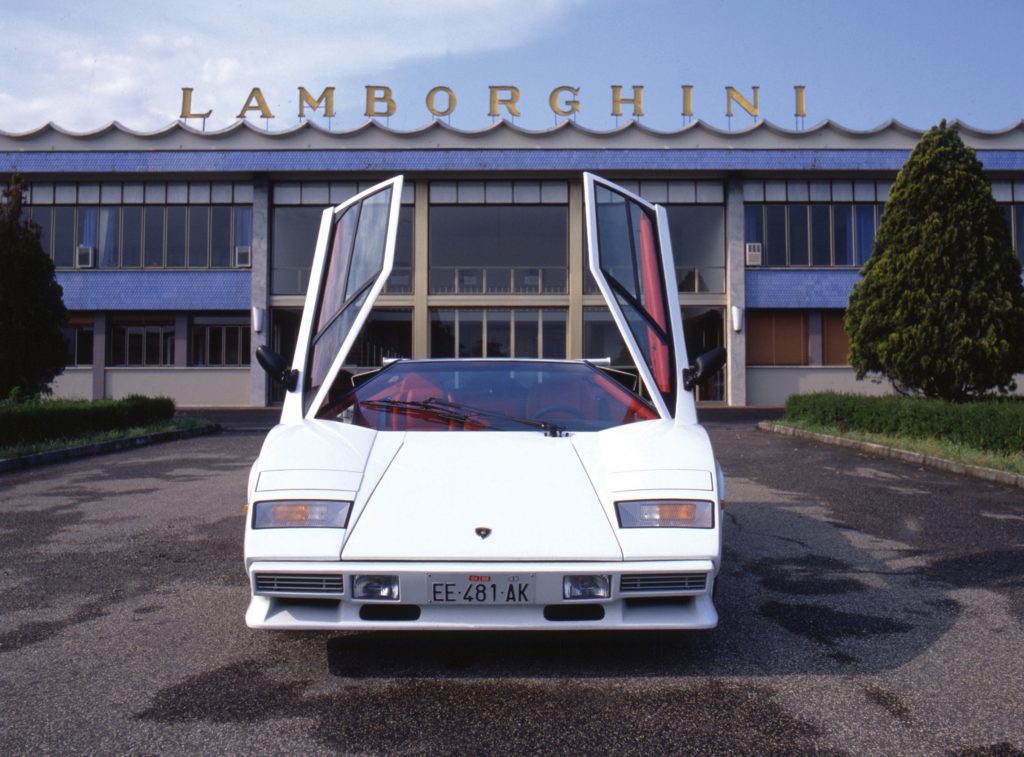
For many designers—perhaps especially of your generation—I would imagine the Countach was one of the most important cars of your childhood, no?
I have to say due to the fact that I am born in East Germany, I was behind the curtain, I had a quite different kind of childhood. For sure, I liked such cars, but it was difficult to be informed about what was going on because in East Germany we had just dedicated media. But, for example, my brother was always bringing me Hungarian car magazines that I’d cut out every car picture that I could find and created my own magazines.
I would like to see these magazines actually, because I haven’t see them in 20 or 30 years. I want to see what I did with Lamborghini because I forgot about it! But I can tell you that my childhood room was full of posters, more or less every cool car on the wall. For sure there was a Lamborghini.
How prescient you made your own car magazines—which posters do you specifically remember?
It’s mostly embarrassing. In my room there was no space left that was empty: there were music groups, there were cars, motorcycles. One thing for sure, motorcycles, because I was once traveling to Hungary which was a more liberal country, and there was one lake, one vacation area where East and West German could meet. And the big love that I had was the motorcycles. And I still have the sound in my ear—I was so fascinated by the sound, the high-revving of the motorcycles. And for me, when I remember myself as a teenager that was influencing me so much: the sound.
I was already dreaming to be a designer, but the dream was almost impossible. But then later on when I actually became a designer, then of course I was studying—let’s say exploring—even more what is Lamborghini. But due to the fact that I had limited access to stuff, I would say that I don’t have this classic “Lamborghini moment.”

Given the lack of access you had behind the Iron Curtain, it actually surprises me that Lamborghini wouldn’t have had a more tectonic effect on you. Because for me growing up, having thousands of cars and posters at my disposal, there were still cars that separated themselves—the BMW M1, the Pantera, the Countach. So I would think that given the lack of access, they would be even more memorable.
For sure, I tell you one. For me, the Lamborghini moment was the LM 002. Because I remember very well, I had seen this magazine and I was just like, “Wow. What is this?” The LM 002 was maybe my first Lamborghini that I really recognized to be, “Wow.”
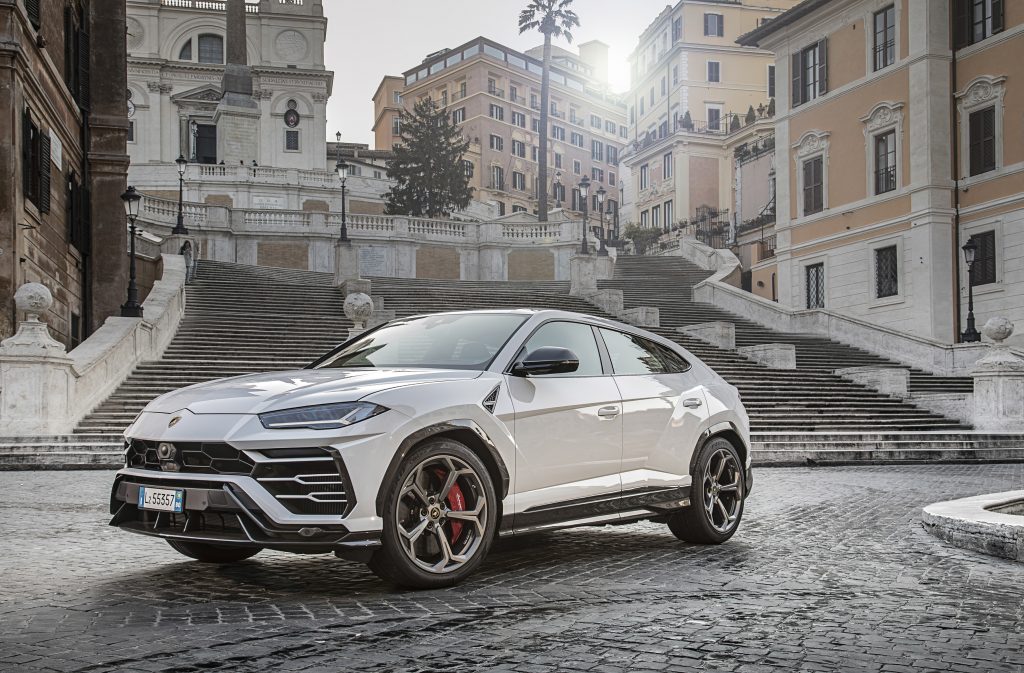
Kismet then to now be working on the Urus, their next SUV. What does it mean to have access to giants like [Countach designer] Marcello Gandini? His seminal Gandini Line, which you have said defines Lamborghini, is one of the foundational components of the supercar industry.
First of all, to be responsible and to work for this fantastic brand is something that feels sometimes a little bit outlandish. Because every morning when I’m entering the company I park the car, and the design center is only a few steps away from the museum. And then, for example, after a holiday I’m always going to the finizione, the finishing line. There are 20 or 30 brand new Lamborghinis in the finishing process, and I’m always giving myself a moment to enjoy the cars. Because for me it’s like a full-size 1/18 scale toy shop.
I feel myself a fan of the brand, but I’m also working inside, creating the future of the brand
So I’m enjoying this, but then in the same moment, of course, I’m realizing it’s reality and that we have to work and there’s, of course, some pressure also: What is the next step for Lamborghini design? So in the same moment I feel myself a fan of the brand—like someone from the outside—but I’m also working inside, creating the future of the brand.
And then a person like Marcello Gandini for me is an idol in terms of design, for sure, but he’s also a person where I can recommend for every other designer to look at the character of the person. Because he has done some of the greatest cars of all time, but when you meet him he’s such a polite, quiet person that is just enjoying that he did this. He is not arrogant. And this is, for me, is the characteristic that I like most about him.
We invited him to the design center and, of course, I presented to him the Terzo Millennio and the Urus. You can imagine that such a person thinks twice about giving you an opinion, because it’s such a delicate moment of intimacy. But he appreciated what we did and he was not just playing. He was saying, “Wow. It’s cool.” He gave us very positive feedback. My team, all of them, were happy so they brought some little models and he was signing them all. And that was a magical Lamborghini moment. Unbelievable.
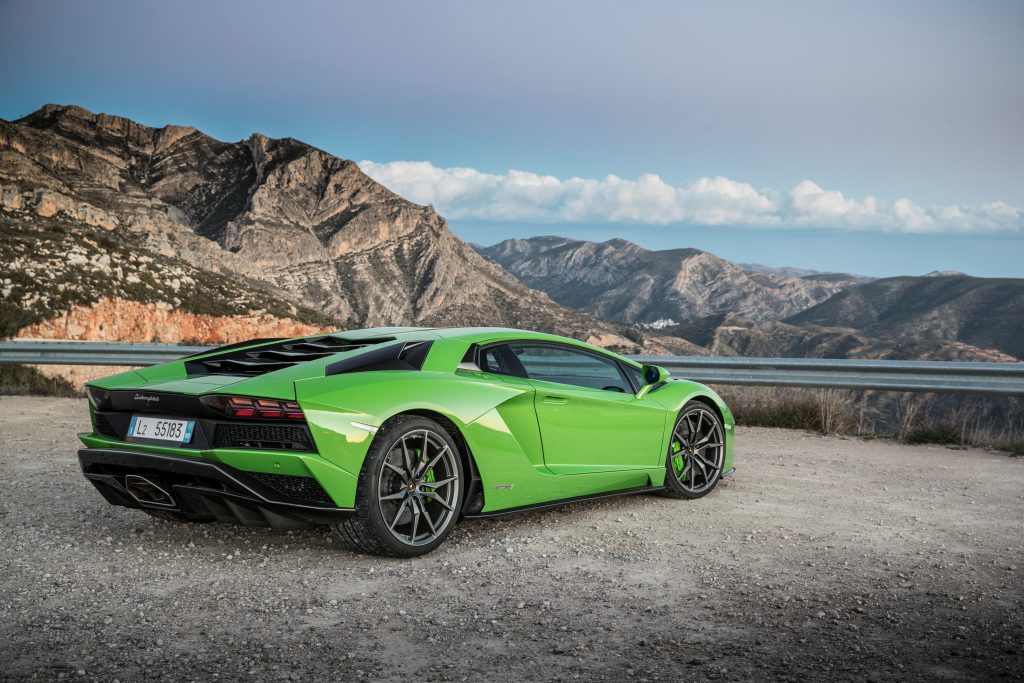
It’s fascinating to have somebody that was so influential to the brand—to the design world at large, really—to not only still be alive, but also be able to interact with. OK, so at Lamborghini there used to be two major verticals, but now there are three: the V12 family, the V10 family, and now the Urus. Can you tell us what each represents to the brand, and how you make each one visually unique?
Because our universe is quite small, it’s important that you divide the product identity of all of them quite well. Every car needs a story. So the Urus is combining cool elements of the LM 002 and mixing them with the elements of the Countach. First of all, it’s a front engine car so I need to emphasize the power of the front fender to show that’s where the engine is. We took the [hood angle] from the LM 002. Secondly the wheel arches are angled forward, not round; they also follow the philosophy of Lamborghini being more edgy, also inspired by the LM 002. And then third a little triangle, an air outlet that is also reminiscent to the triangular air outlet on the LM 002.
On the Aventador S, we took inspiration on venomous snakes, on strong animals. You know, the car is quite aggressive-looking, predatory. For me it’s an ongoing process to understand the company. It deserves a little bit of patience and understanding, and you’re constantly learning about the brand. If you ask me what’s your first big-time outcome in terms of a car it was the Terzo Millennio. That was our statement for a possible electric Lamborghini.

That concept was stunning. Doesn’t it supposedly heal itself, too?
Exactly, that’s the one. Because we’re in collaboration with MIT, and that’s the one with the self-healing carbon fiber. But also with the energy storage within the carbon fiber. The self-healing works like this: When you have a little hole, or when it’s a little bit cracked, you have nano-tubes within the surface of the carbon fiber. So if there’s a crack, the little nano-tube opens and a fluid closes this sector of scratch. Of course if the car is crashed, it is crashed, that’s not self-healing. It is not like the Terminator.
Is this actually functional technology?
This will appear not today and not tomorrow, and also maybe not the day after tomorrow, but it is a reality… Our head of the carbon fiber department, he was actually showing this to me.
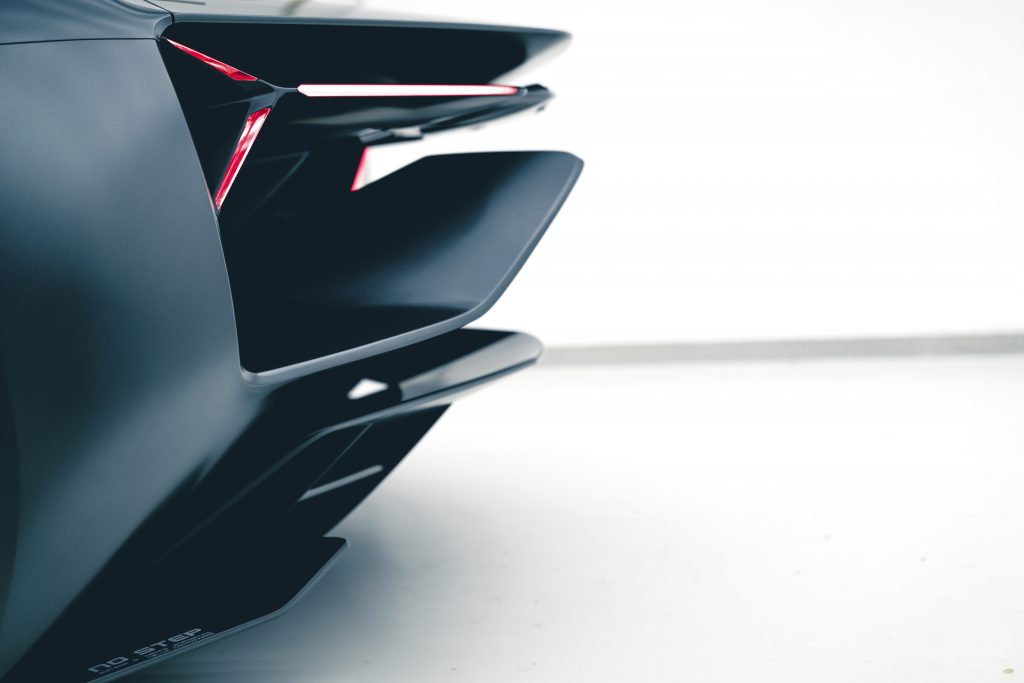
You only see concept cars like this maybe every five years, if you’re lucky, that really move the needle. And I think the Terzo Millennio does that. I love the way that you suspended the headlamps, like a floating buttress, a blade element. Almost architectural.
Thank you. I mean, exactly that’s the meaning of such a car. When you start working for a brand, you want to show what is your vision—and this is it.
Is that concept what got you the job as Head Designer, or did you already have that position?
No, I was working before at Porsche where my boss was and still is Michael Mauer—now he is head of the VW Group, and before he was my boss at Porsche. My last function at Porsche was being responsible of the exterior of the cars, so my last job was the Mission E. Then, at that time, Walter de Silva was the head of the group. So when I was working on Macan or on Mission E or the Sport Turismo Walter was always visiting us, and so he was recognizing Mitja Borkert as a person. And it came to the point in ’15 where he took me aside and said, “I want you for Lamborghini.” Boom! You can imagine there’s a moment where you’re like, “Fuck. Cool! Of course I will do it!” I asked my wife, and the next day we had lambrusco and prosciutto in the house. It was no discussion. This is a once in your lifetime mega opportunity at Lamborghini.
What a moment. Walter de Silva is another in the design pantheon.
When I was at Porsche I was already a big fan of Lamborghini. I was always looking at what they have done. I was always watching the new cars, always went to the Lamborghini stand to look what is new. Always. So I would say that my appreciation and my love to Lamborghini is still in this kind of increase mode. Again, back in the communist time, maybe my main moment was a bit more… When I was reading an article about the LM, that was for me, “Wow. What is this?” And then to recognize the other cars like the Countach, it came for me a little later, I have to say.
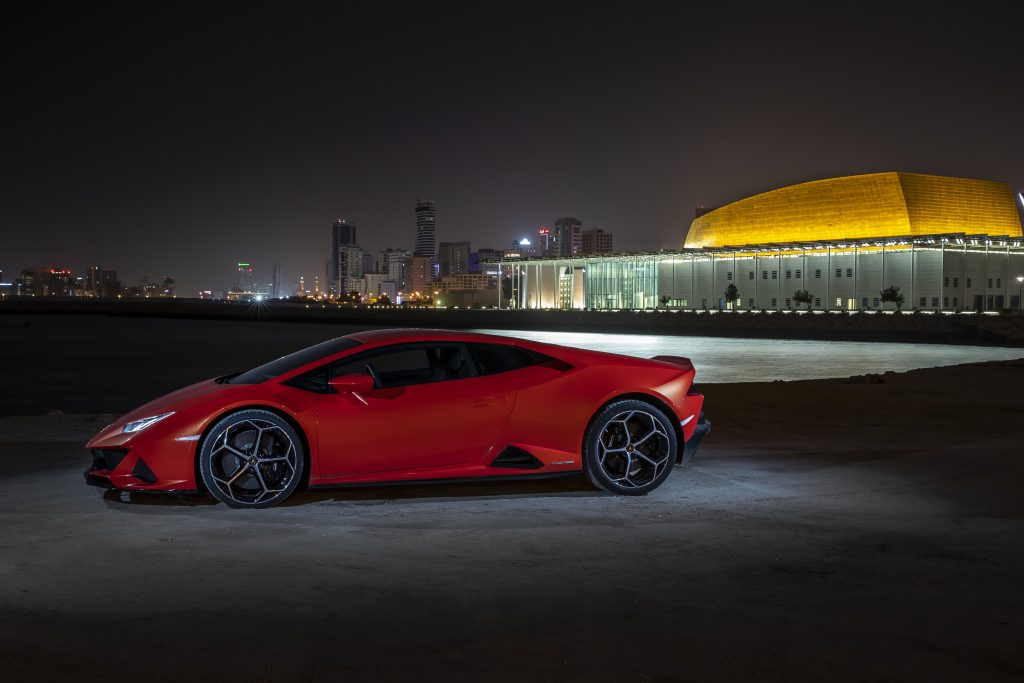
The interesting thing about Lamborghini is that, like Porsche, it’s one of the few car lines that you can instantly recognize across generations. It’s managed to keep its DNA and always stay modern, but because of the Gandini line it still looks like that famous 1970s car. And that’s an incredibly difficult magic trick to pull off. But for me I don’t think the 911 has done it as well. They always want to make the 911 look like the 911, but it doesn’t look that interesting or contemporary anymore. The EVO, however, looks incredibly magnetic and modern. Do you know what I’m saying?
Yes, of course. But for me, the foundation is here. The foundation was done by Marcelo Gandini, but also by [Italdesign’s Giorgetto] Giugiaro, because remember there was also the Stratos Zero. There was the [Maserati] Boomerang. There was the Countach. So there was this Italian force of researching this kind of wedge shape in ’70/’71. There was a movement, yeah? So that was, and this is still the look of those cars, still looking like a spaceship and still giving us also… I mean look at the EVO. It’s so amazing. We are looking futuristic and we are looking also young. Because some other luxury brands have that problem that they look a little old.
What is next for you and Lamborghini?
We are really lucky that we have this design DNA and that is also big part of why we are seen to be quite a young brand—and futuristic and relevant and visionary. We need to continue this. We need to add visionary ideas like on the Terzo Millennio. Because I’m always following the philosophy to “expect the unexpected” at Lamborghini. I don’t want to have this effect that you just described: that has too much of an evolution. For me, it’s important that you always see a step in the car; that you are not thinking, “Oh, you just changed the bumper.” No. On Lamborghini, you must see the next generation.
Images courtesy of Lamborghini












